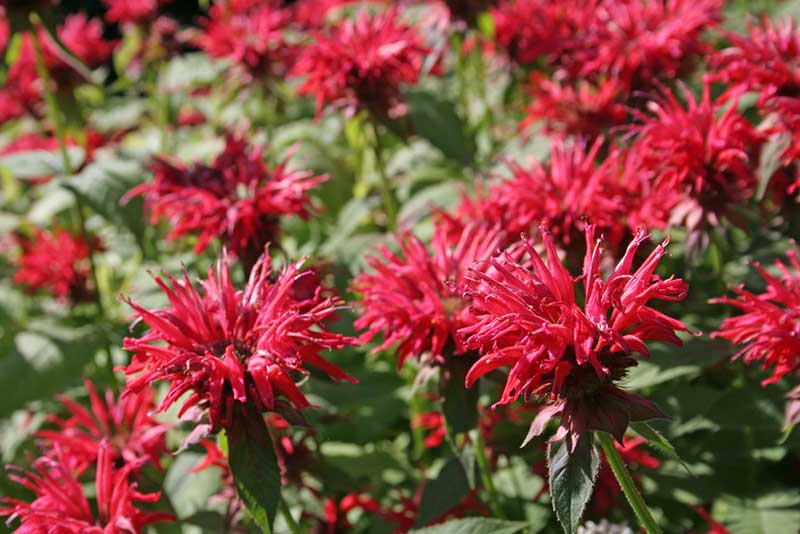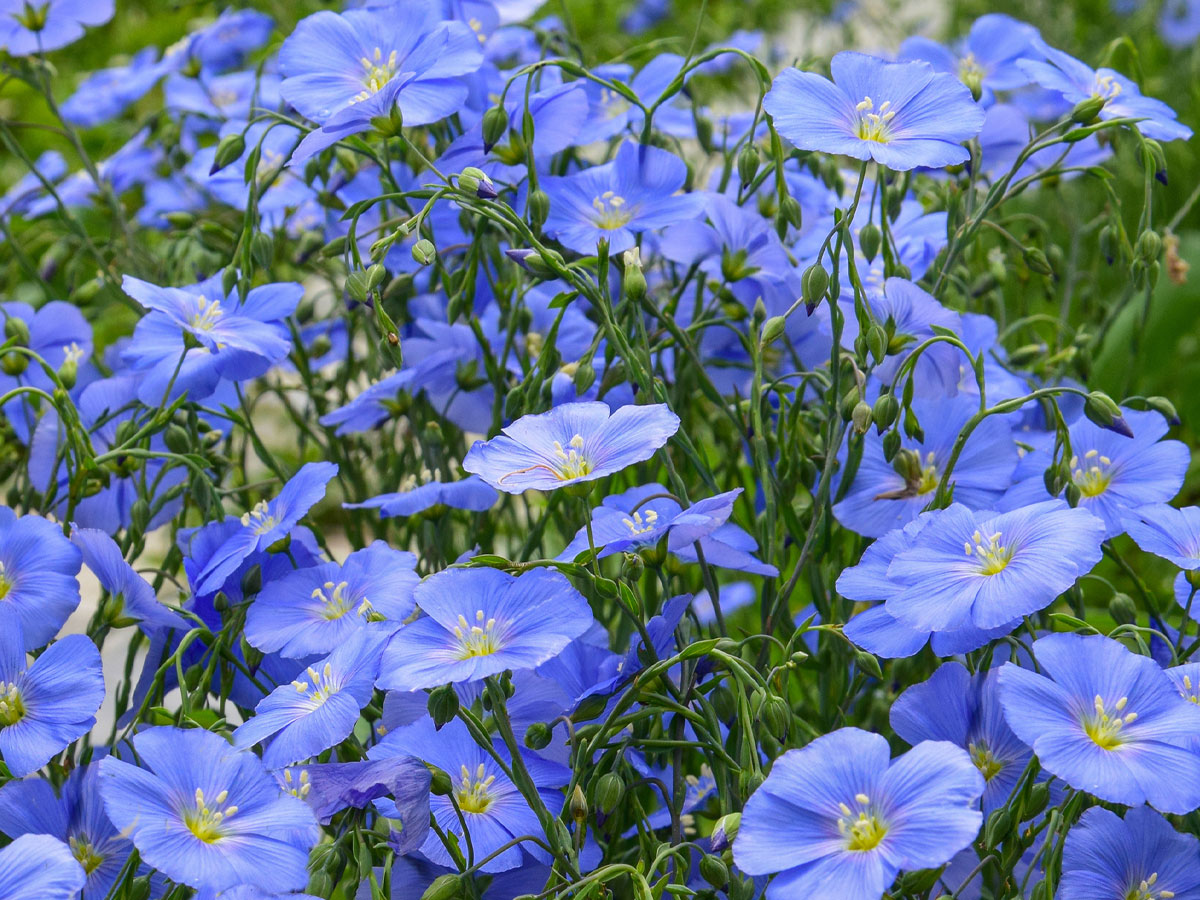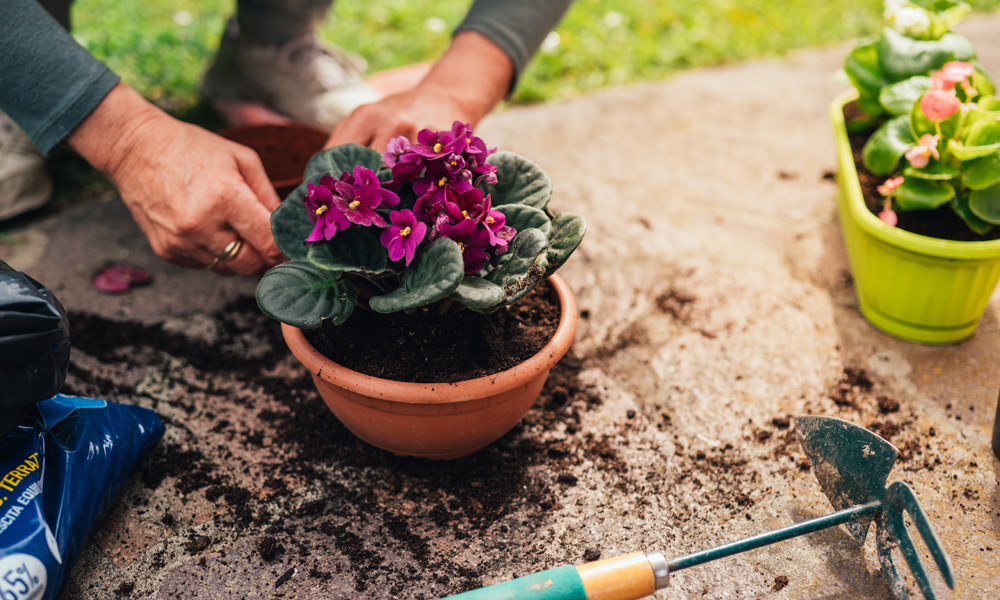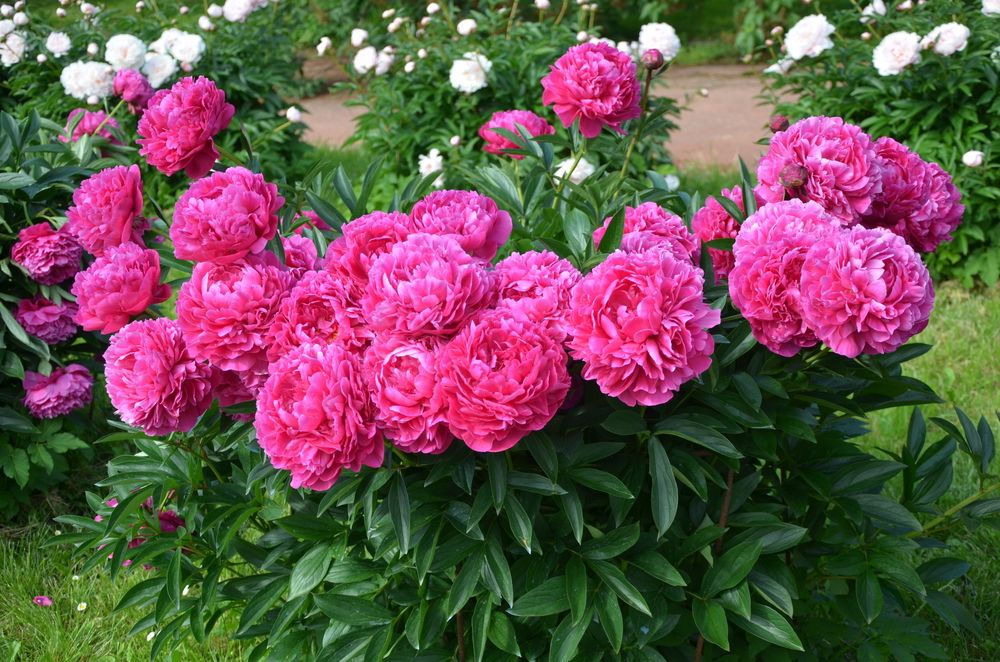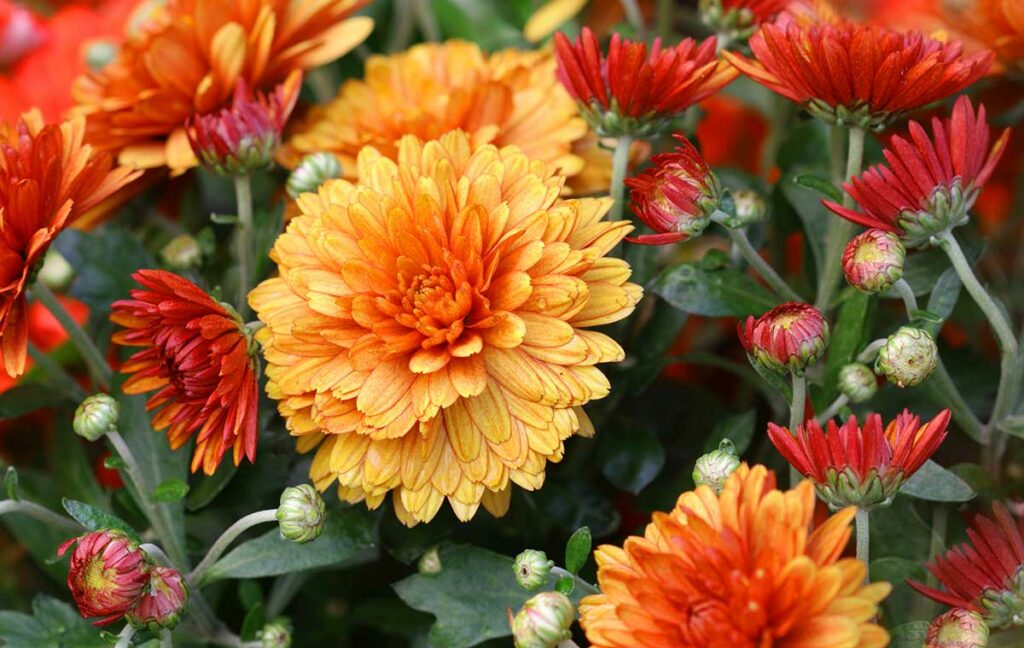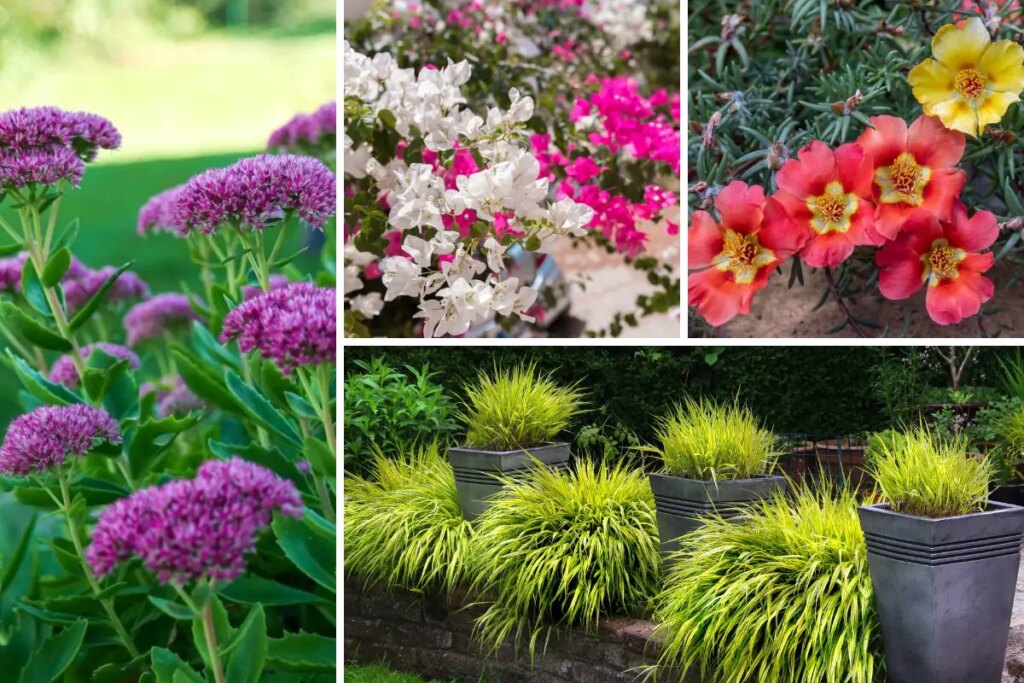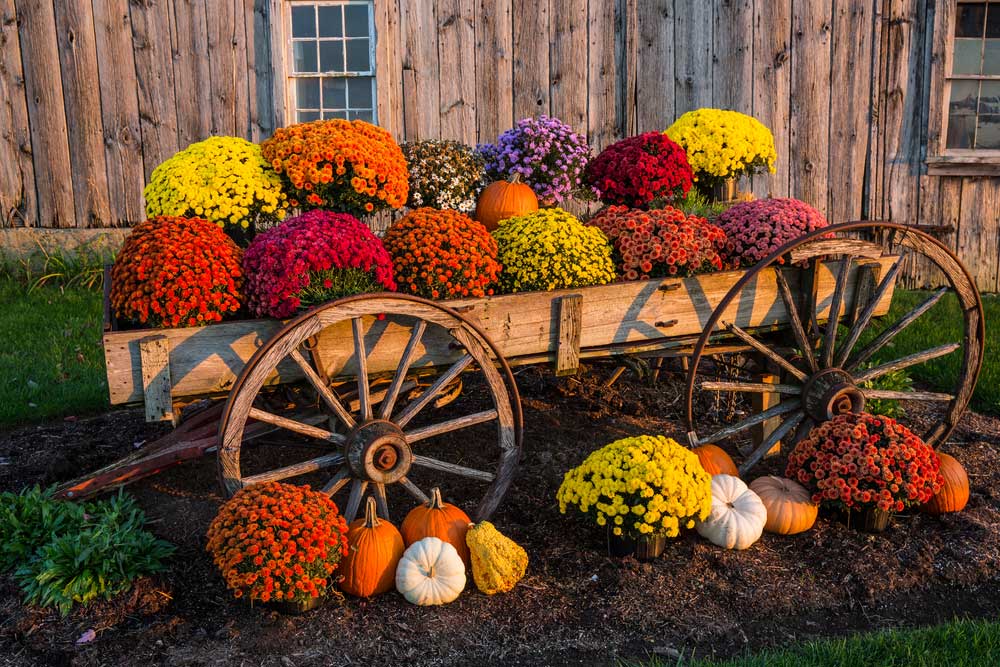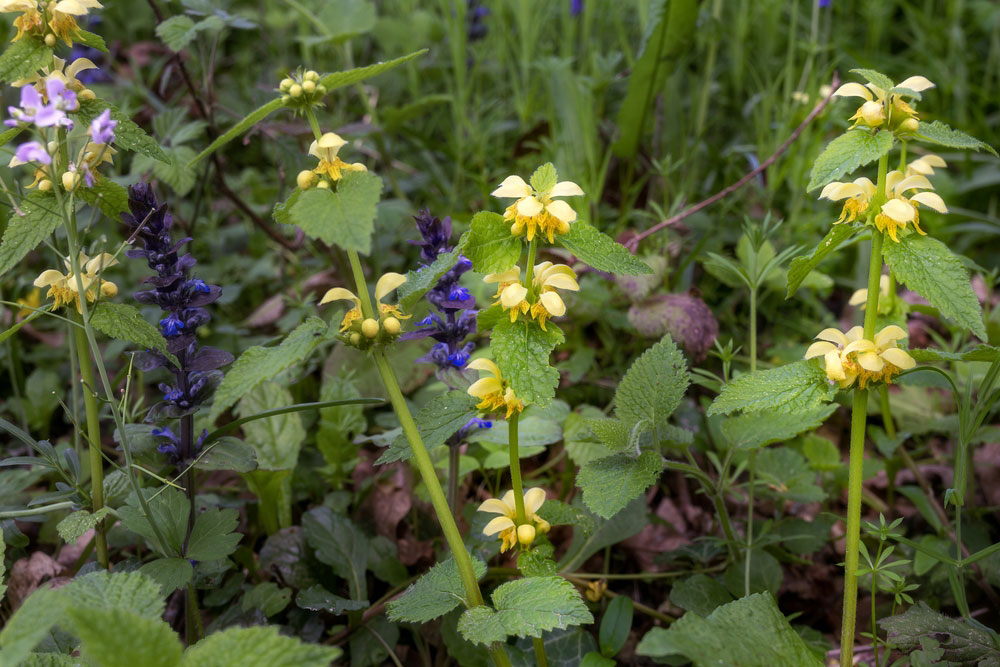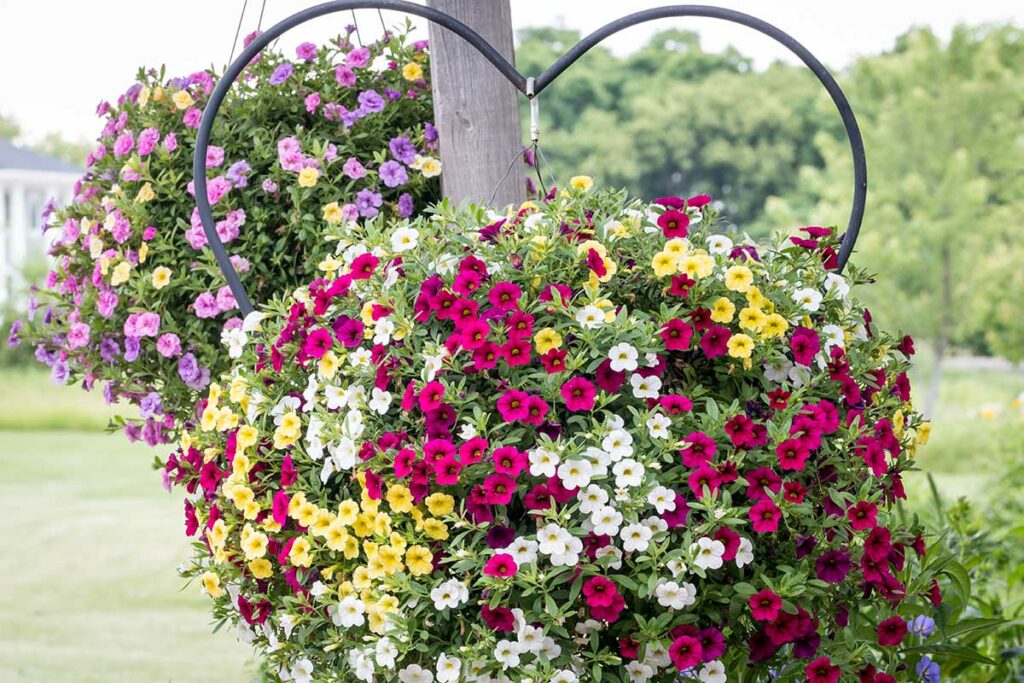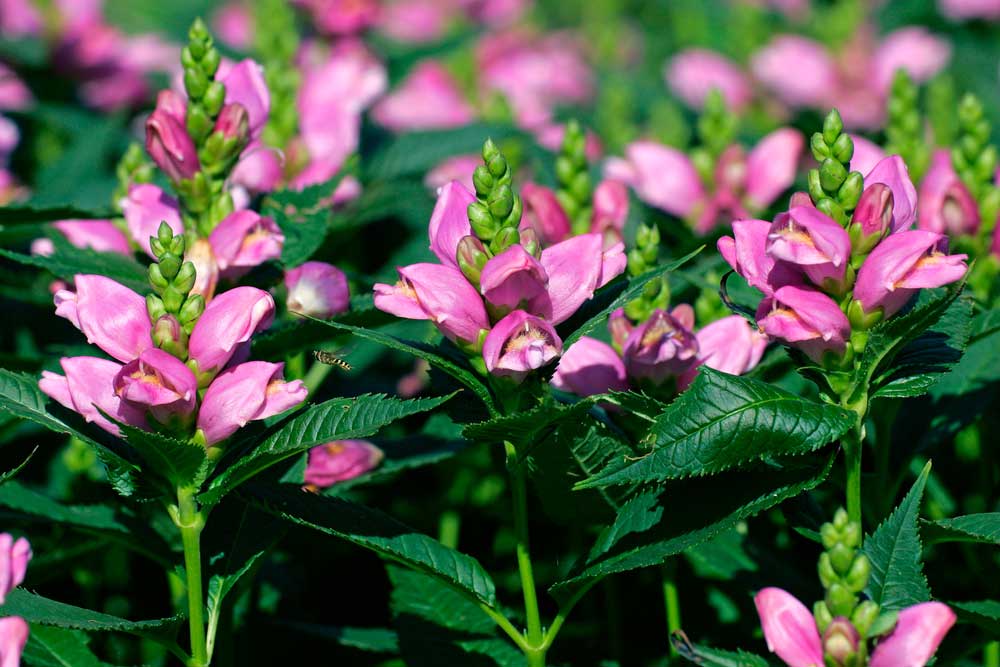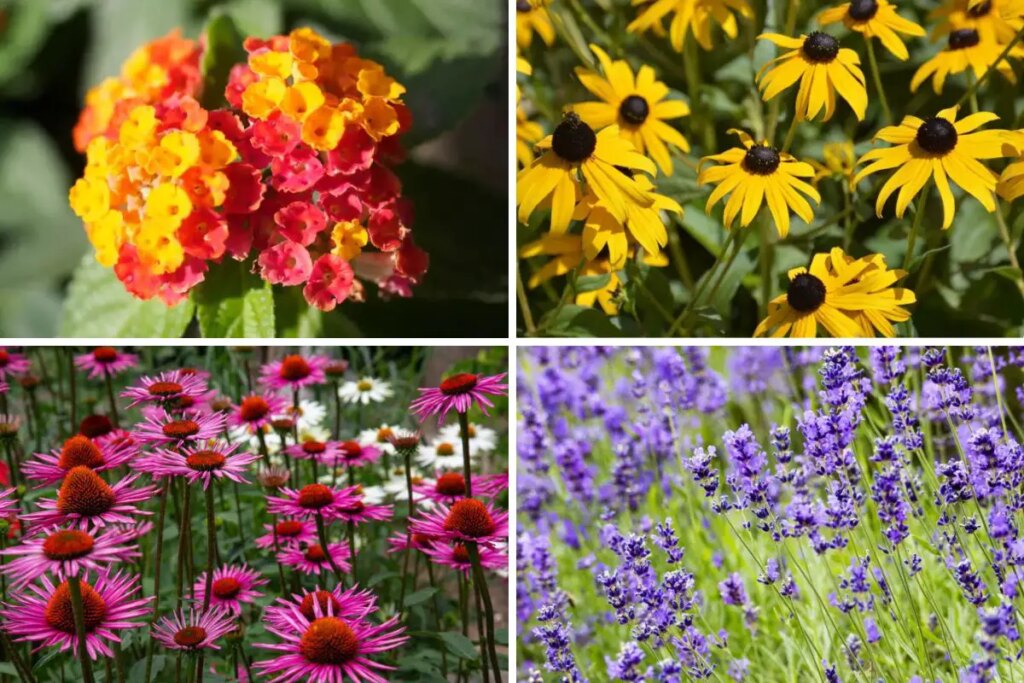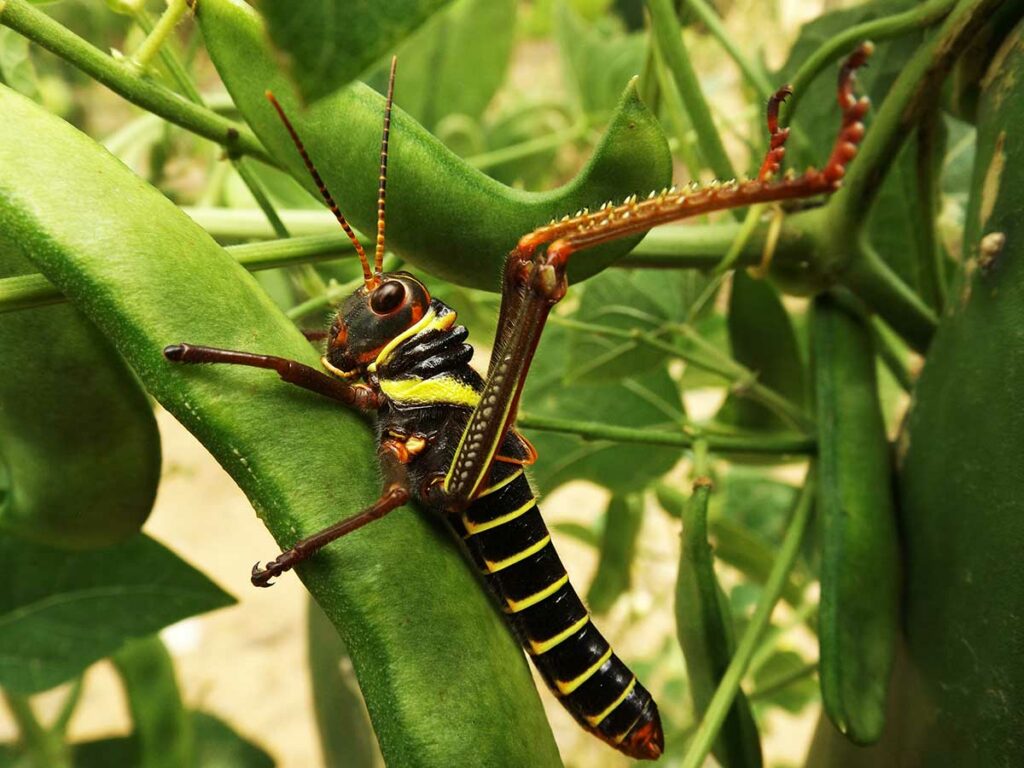
As an avid gardener, you know all too well the struggle of maintaining a flourishing garden.
While many insects are crucial for pollination and pest control, grasshoppers can become overwhelming if their populations get out of hand.
These jumping insects can wreak havoc on your plants by devouring leaves, stems, and even flowers.
Don’t let these little critters ruin your green oasis! In this article, we’ll share proven tips on how to get rid of grasshoppers from your garden.
By implementing these strategies, you can protect your precious plants and maintain a healthy, grasshopper-free environment.
With just a few adjustments to your gardening routine and the use of natural solutions, you can make your garden unappealing to these leafy green munchers.
So, let’s start on the path to a grasshopper-free garden, and help your plants thrive without these pesky intruders!
Identifying Grasshoppers in Your Garden
Grasshoppers may seem harmless at first, but they can quickly become a gardener’s nightmare. If you suspect that these insects have invaded your garden, the first step is to identify them correctly.
Begin by observing the colors and patterns on their bodies. Grasshoppers usually come in shades of green, brown, or gray, allowing them to blend in with their surroundings. Some species may have distinctive markings, such as stripes or spots, which can provide a clue to their specific type.
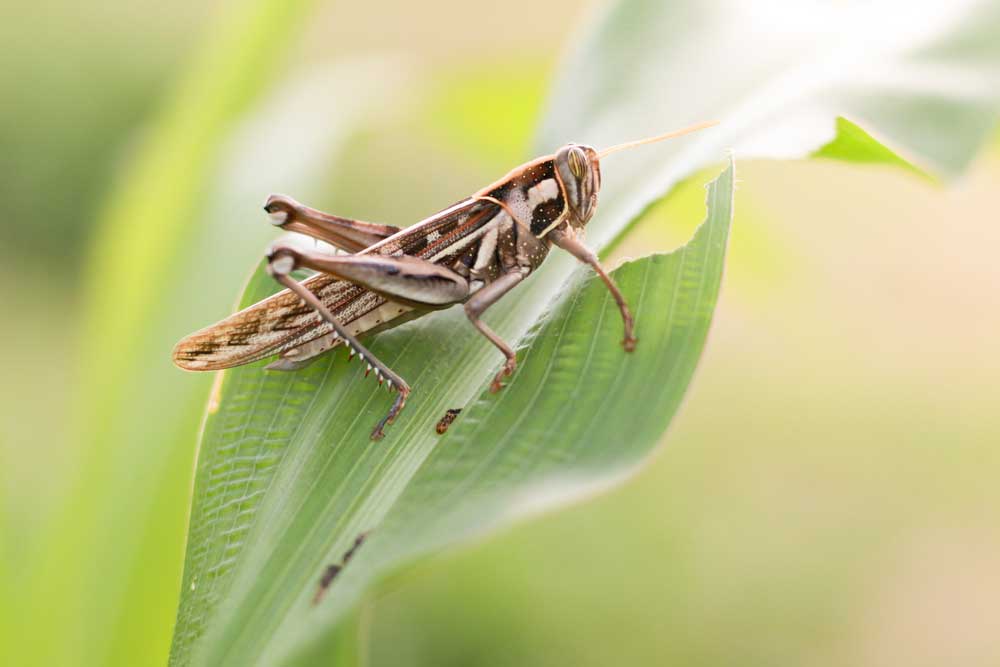
When you encounter a grasshopper, pay attention to its size. Adult grasshoppers can range from ½ inch to 2½ inches long. Knowing the size of the grasshoppers in your garden can help you determine if it’s a single species infestation or a mix of various types.
Grasshoppers have a few common features to look for, including:
- Large hind legs: Used for jumping long distances
- Wings: Two pairs, with the front pair being leathery and the back pair being membranous
- Antennae: Long and thin, helping them sense their surroundings
If you’re still having trouble identifying the specific species in your garden, consider taking a few close-up photos and consulting a local gardening expert or entomologist. Armed with this information, you can now move on to crafting an effective plan to rid your garden of these pesky invaders.
Understanding Grasshopper’s Eating Habits
Grasshoppers are known to be voracious eaters, which can have a serious impact on your garden. To effectively get rid of them, it’s essential to understand their eating habits.
Feeding Times: Grasshoppers are most active during the day, especially in the morning and late afternoon. This is when they’re likely to be found feeding on your plants.
Plant Preferences: While grasshoppers aren’t particularly picky, they do have some preferences. They tend to favor tender, young plants, which are easier for them to chew. Some of their favorite plants include lettuce, tomatoes, corn, and beans. If you notice any of these in their early growth stages, keep an eye out for these hungry pests.
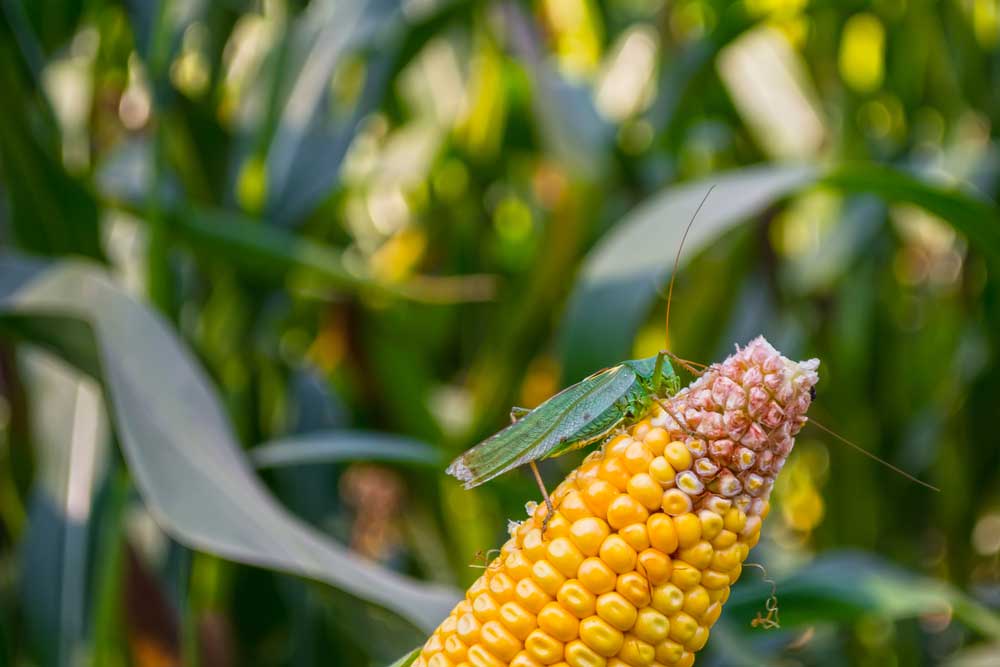
Feeding Strategy: Grasshoppers don’t just chow down on one particular plant – they like variety! They’ll often hop from plant to plant, taking a few bites before moving on. This means they can cause widespread damage to your garden if left unchecked.
The key to managing a grasshopper infestation is to identify their presence and address it accordingly. By understanding their eating habits and preferences, you can take proactive steps to safeguard your garden.
Natural Grasshopper Control Methods
Use of Predators
Introducing natural predators is an effective way to control grasshoppers in your garden. These predators include birds, praying mantises, and spiders. Encourage birds to visit your garden by adding bird feeders, birdhouses, and birdbaths. The more birds you attract, the fewer grasshoppers you’ll have to deal with. Praying mantises and spiders can be purchased at a local gardening store and released into your garden as a more direct approach to controlling grasshoppers.
Plant Repellant Crops
Some plants are known to repel grasshoppers, so incorporating them into your garden design can deter grasshoppers from settling in. Examples of grasshopper-repellant plants include:
- Cilantro
- Garlic
- Alliums
- Marigolds
By planting these crops around the perimeter of your garden or interspersed with your other plants, you create a less appealing environment for grasshoppers to inhabit.
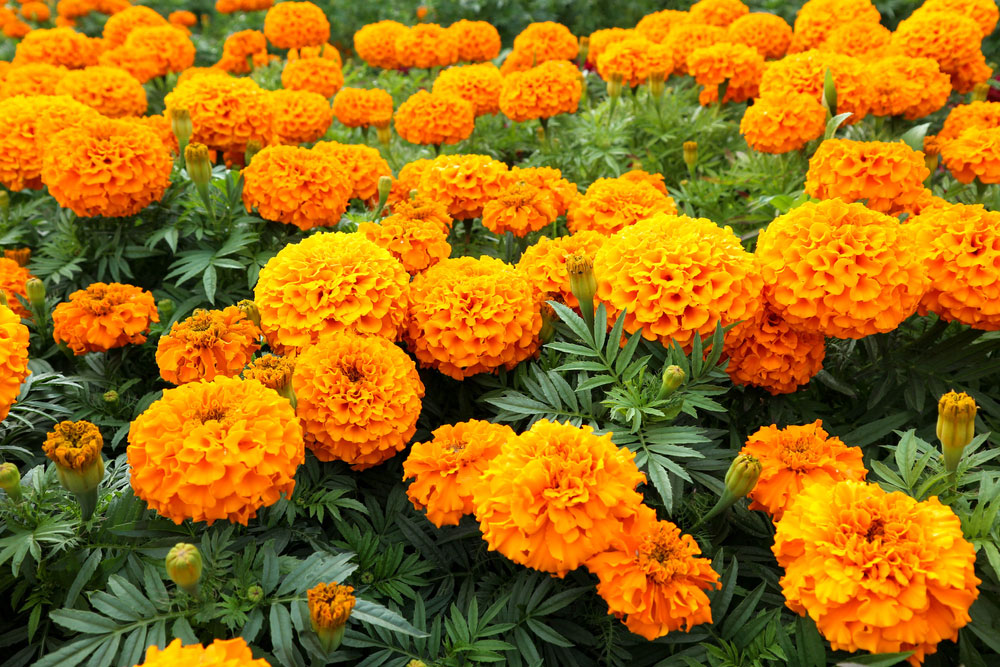
Environmental Optimization
Optimizing your garden’s environment helps make it less attractive to grasshoppers. Avoid overwatering and overfertilizing, as this creates a favorable habitat for grasshoppers and can lead to rapid population growth. Maintain a clean garden area by:
- Regularly weeding
- Removing plant debris
- Keeping grass trimmed
These practices discourage grasshoppers from finding shelter in your garden and make it a less inviting place for them to lay their eggs. With these natural control methods in place, you can reduce the grasshopper population and protect your plants from damage.
Chemical Control Measures
Insecticidal Soaps
Insecticidal soaps can be an effective and eco-friendly option for managing grasshoppers in your garden. These soaps work by targeting the exoskeletons of these pests, causing them to dehydrate and die. To use insecticidal soaps:
- Mix the soap: Dilute a mild liquid soap (preferably organic) with water at a 1:20 ratio. That is, one part soap to twenty parts water.
- Spray the solution: Apply this solution directly to grasshoppers and affected plants early in the morning or late in the evening.
- Repeat application: Reapply the soap solution every 7-10 days or after heavy rainfall to maintain its effectiveness.
Commercial Insecticides
If grasshopper infestations become too overwhelming for home remedies, commercial insecticides might be the next step for you. Some popular options include:
- Carbaryl-based insecticides: Carbaryl is a broad-spectrum insecticide that can be applied as a spray or dust. It is widely used for the control of grasshoppers. Follow the directions on the product label for application rates and safety precautions.
- Neem oil: Extracted from the neem tree, neem oil is a natural insecticide and fungicide. Mix the recommended amount of neem oil with water and apply it directly to affected plants and grasshoppers.
- Pyrethrin and spinosad: These are broad-spectrum insecticides derived from natural sources (chrysanthemum flowers and soil bacteria, respectively). Both can be effective against grasshoppers when used according to the label instructions.
Always remember to:
- Choose the right product: Select an insecticide labeled specifically for grasshoppers.
- Rotate insecticides: To prevent resistance development, switch between different insecticide classes throughout the season.
- Follow label instructions: Adhere to the recommended application rates and follow safety precautions. And, it’s essential to wear protective clothing, gloves, and goggles while handling these chemicals.
By employing these chemical control measures, you can help keep grasshopper populations in check and protect your garden from these voracious pests.
Preventive Measures to Keep Grasshoppers Away
Regular Garden Maintenance
One of the best ways to keep grasshoppers away from your garden is by maintaining it regularly. A well-maintained garden is less attractive to grasshoppers and other pests. Be sure to:
- Mow your lawn: Keep your grass at an appropriate height to prevent grasshoppers from laying eggs.
- Weed management: Regularly remove weeds, as they serve as a hiding place and food source for grasshoppers.
- Watering: Water your garden in the early morning or late evening to avoid attracting grasshoppers during their most active hours.
Using Row Covers
Row covers can be an effective way to protect your plants from grasshoppers. Here’s how to use them:
- Choose the right material: Opt for lightweight, translucent materials like floating row covers or insect netting, which allow light to penetrate while keeping grasshoppers out.
- Install the covers: Secure the row covers over your plants, ensuring they’re suspended above the foliage to prevent grasshoppers from reaching the plants.
- Inspect regularly: Check the covers periodically for damage and replace them as necessary.
Rotating Crops
Grasshoppers thrive in monoculture environments, so rotating your crops can help discourage them from staying in your garden. To do this:
- Plan your rotations: Design a crop rotation schedule that includes different groups of plants each year.
- Maintain a diverse ecosystem: Plant a variety of crops with different heights, textures, and colors to create a less appealing environment for grasshoppers.
Incorporating these preventive measures into your gardening routine can help keep grasshoppers and other pests under control, ensuring a healthy and thriving garden.


